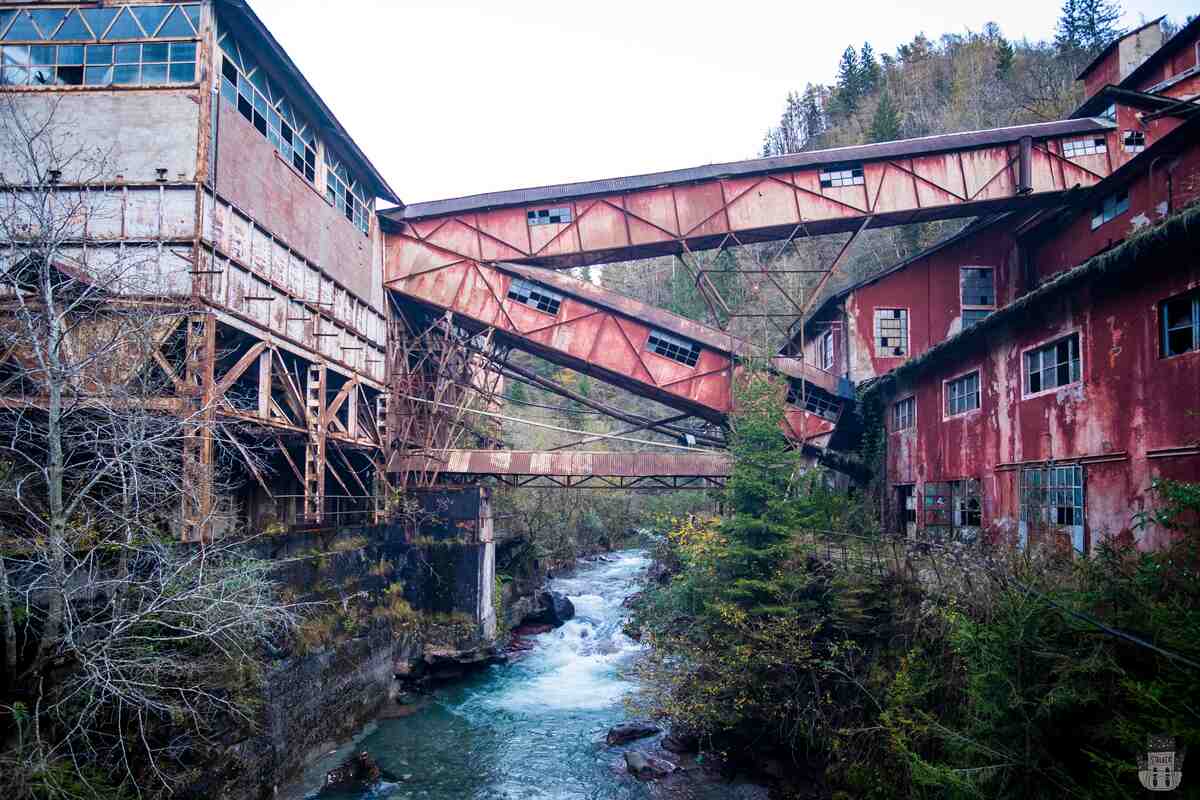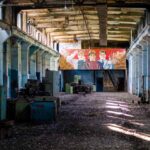The Torgola Mine, along with other mines in the Valtrompia, boast a very ancient history. As early as Roman times, these mines were considered an important source of metal ores for the Republic.
In 1341, the Statutes of Bovegno, followed by the Statutes of Valletrompia in 1576, enshrined the principle that ‘whoever wants to make medolo from quarrying iron can start medolo wherever he wants, and in whatever place and territory he wants’. In the 17th century, the statutes initiated and nurtured a dynamic mining culture, eloquently described in the ‘Catastico bresciano‘ written by Giovanni da Lezze in 1609. Not only were the three municipalities in the region, Collio, Bovegno and Pesazze, rich in iron, but they also hosted silver mines of historical significance.
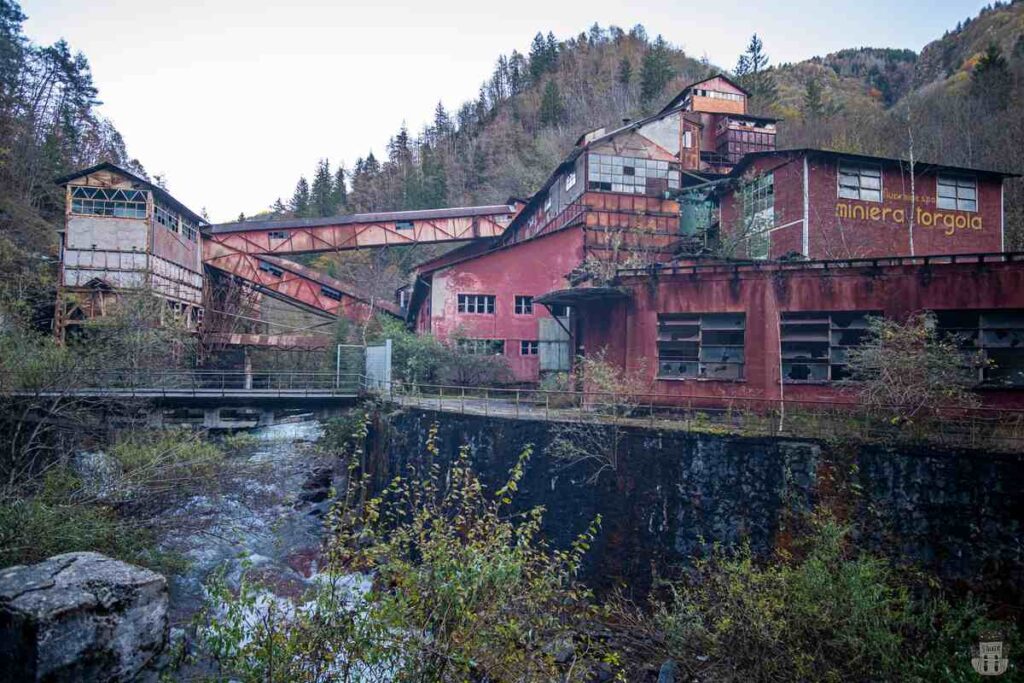
The intertwining of these three municipalities created an intricate network of overland routes and tunnels, connected to external processing plants, smelting furnaces and smithies.
For centuries, mining was predominantly conducted during the winter season. This choice was motivated both by the greater availability of time for valley residents, free from the agricultural activities of the time, and by the climatic conditions that made the cold an ally, limiting the flow of water into the mines and ensuring greater safety during excavation operations.
This system evolved during the 19th century to become, with its abandonment, a cultural and tourist resource now known in the region as the Iron and Mining Route.
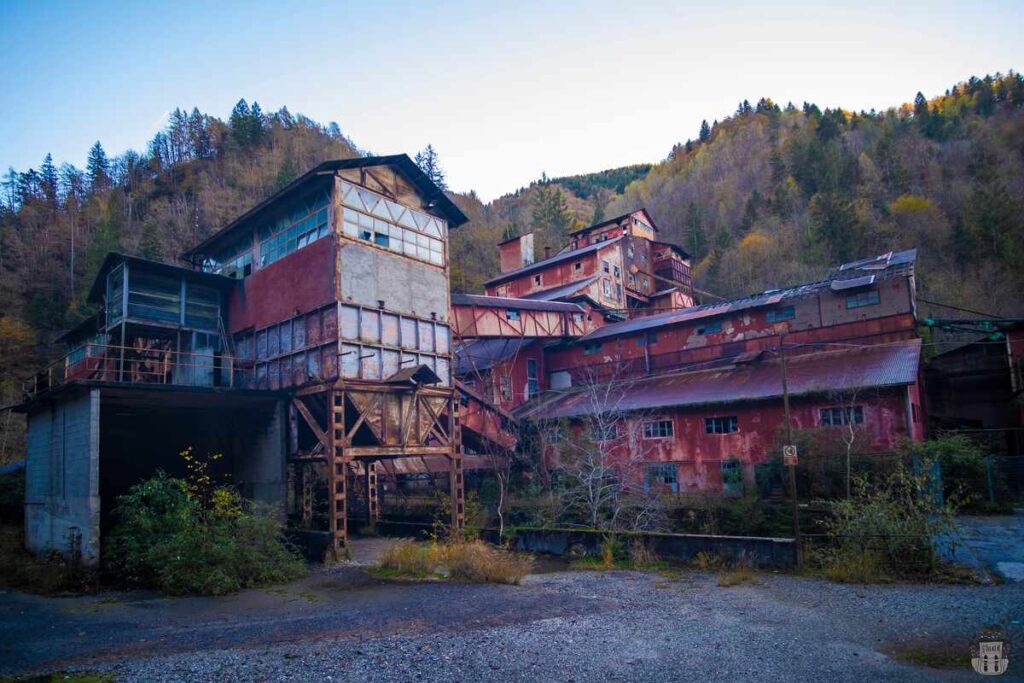
Collio
The remains of the production settlement of the Torgola Mine are located in the territory of the municipality of Collio and are easily identified by driving north along the SP345 road, first passing the remains of the Alfredo Mine and then the construction site known as Ester, located near Due Ponti.
The majestic external processing plants, which extend along the bank of the Mella river, are on the right of the main road, while the offices can be seen on the left.
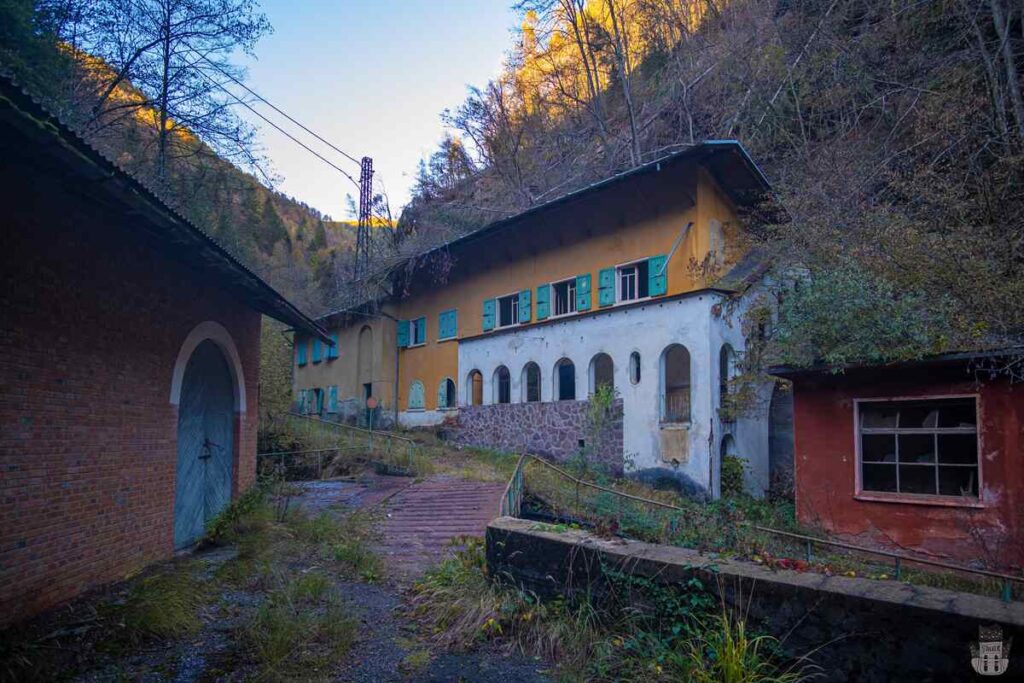
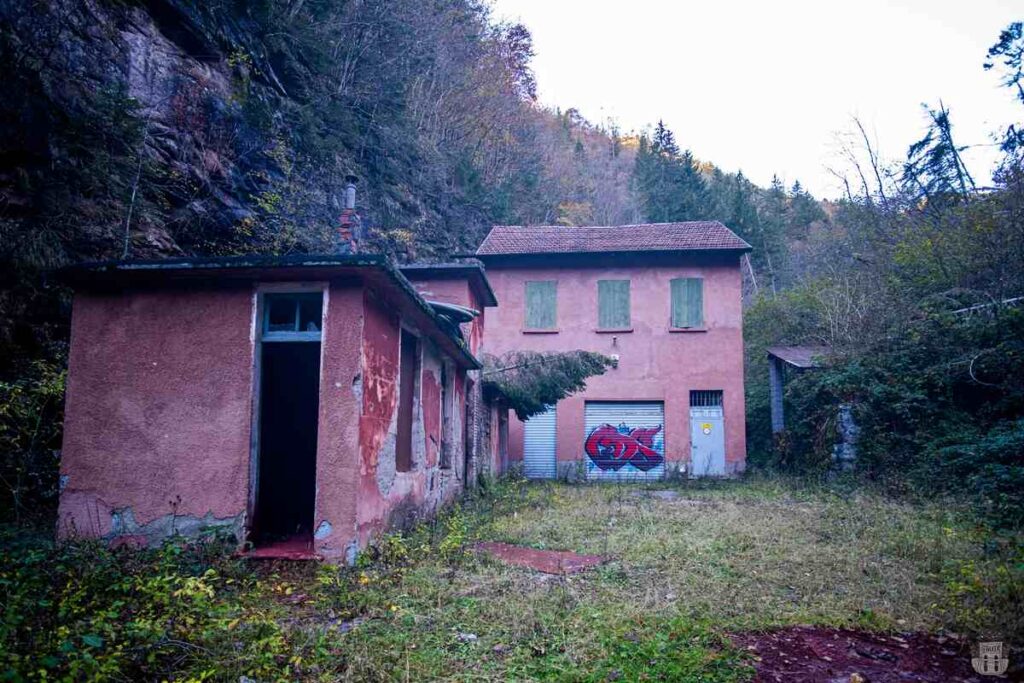
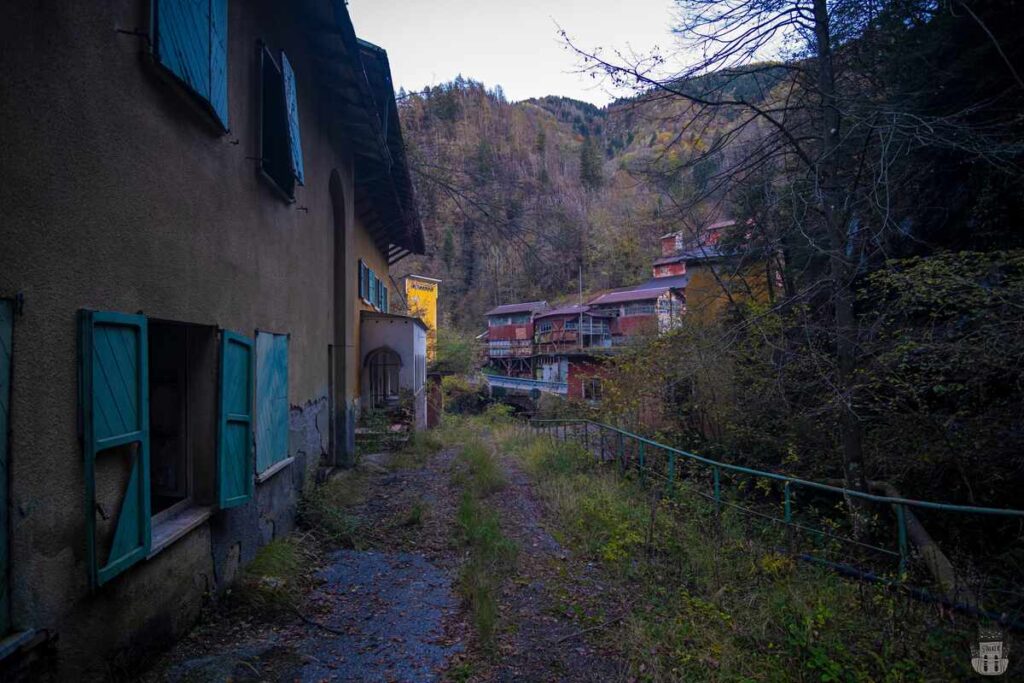
Fluctuations and Crisis in the 18th century
The 18th century brought significant challenges, with the flooding of the Mella river causing a crisis in mining activities. In 1752, the number of active mines plummeted dramatically, but Torgola could be among those remaining. Silver, which marked the early days of mining, gave way to mixed sulphides in the following century, producing zinc and lead.
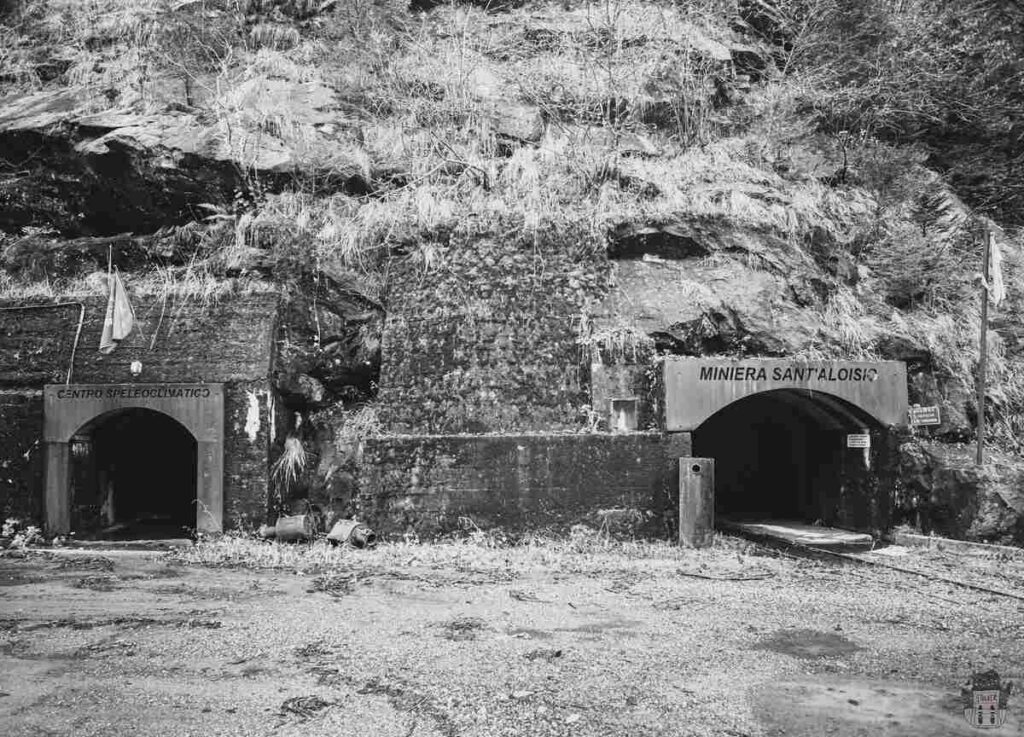
1807: New Perspectives and Changes
In 1807, the ‘Statistical Overview of the Department of Mella’ documents mining in the Trompia Valley. Ore processing involves chisels, levers and gunpowder, while transport takes place via mules and mountains to reach the furnaces. Forno d’Ono, with its ancient smelting furnace, becomes a significant stop along the ore transfer route.
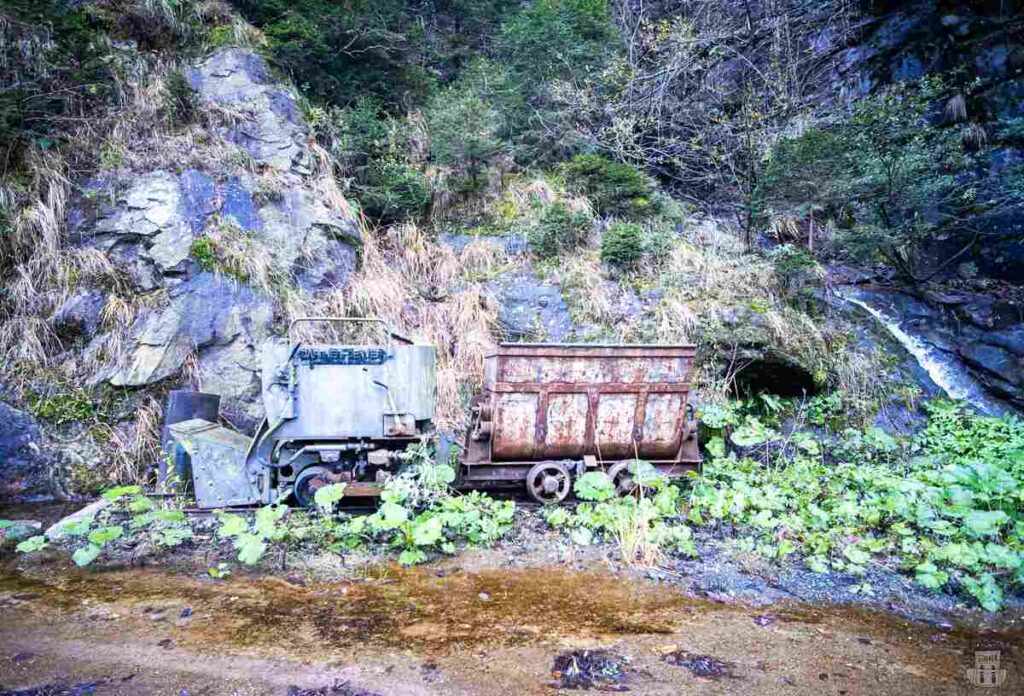
The Evolution of Mining in the 19th Century
In the 19th century, despite the introduction of new methods and concessions to the Società degli Alti Forni, the Torgola went into crisis in 1894. In the same year, the English company The Brescia Mining and Metallurgical Co.Lim. attempted to relaunch the activity, but bankruptcy in 1904 marked the end of mining in Valtrompia.
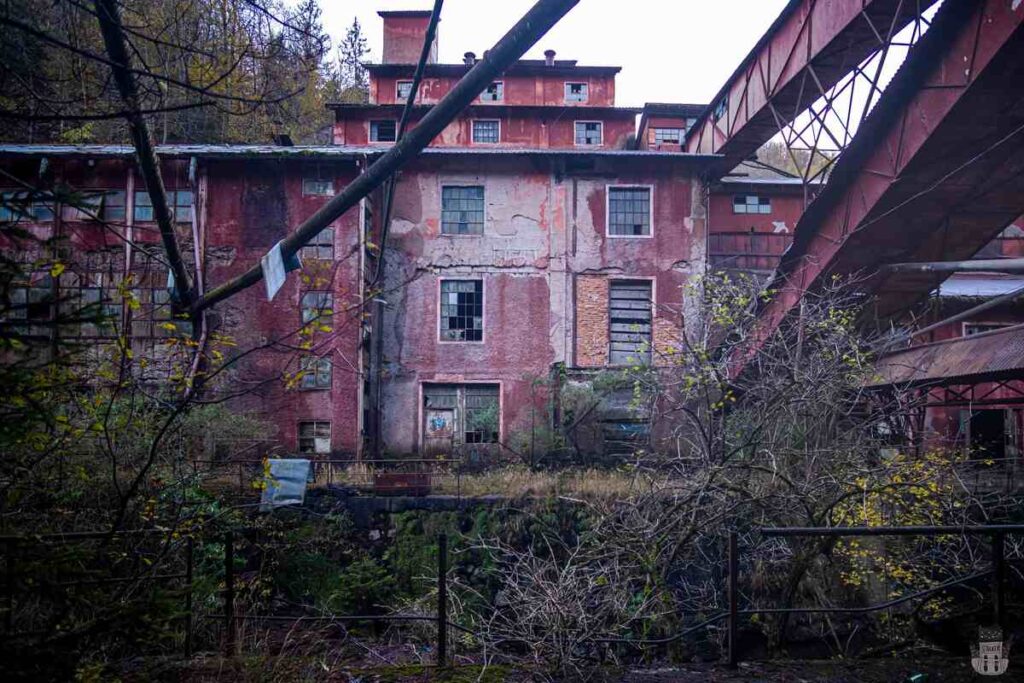
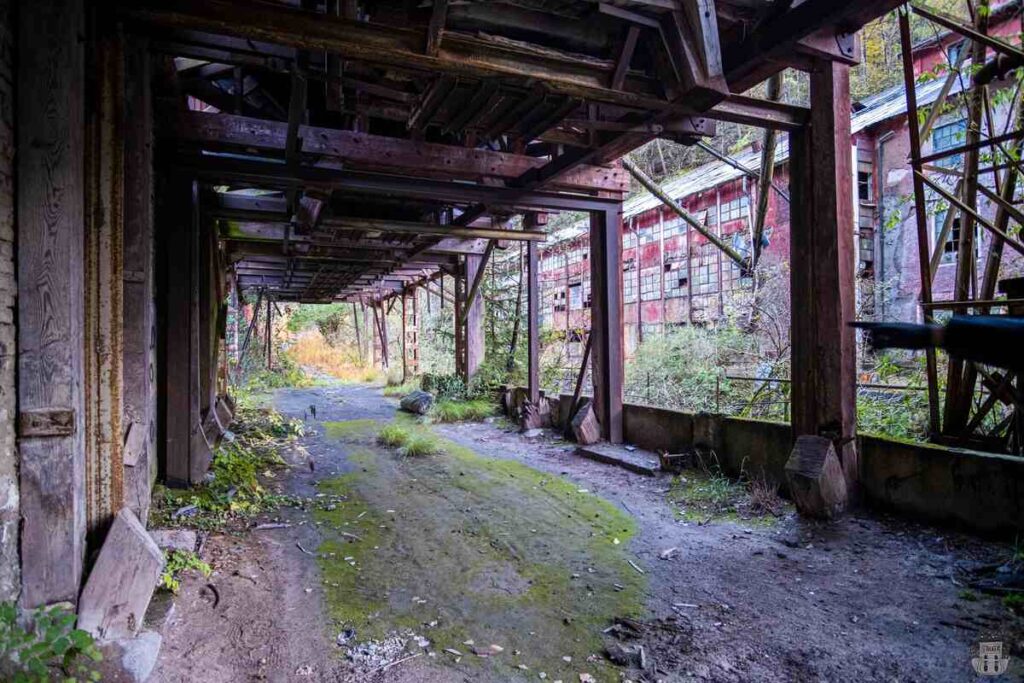
From 1935 to the Rebirth: The Società Anonima Mineraria Prealpina
The rebirth of the Torgola took place in 1935 when Martelli acquired the prospecting rights. The Società Anonima Mineraria Prealpina, incorporating Martelli, ran Torgola successfully between the 1950s and 1960s, becoming a leading producer of fluorspar and siderite for the electrosiderurgy industry.
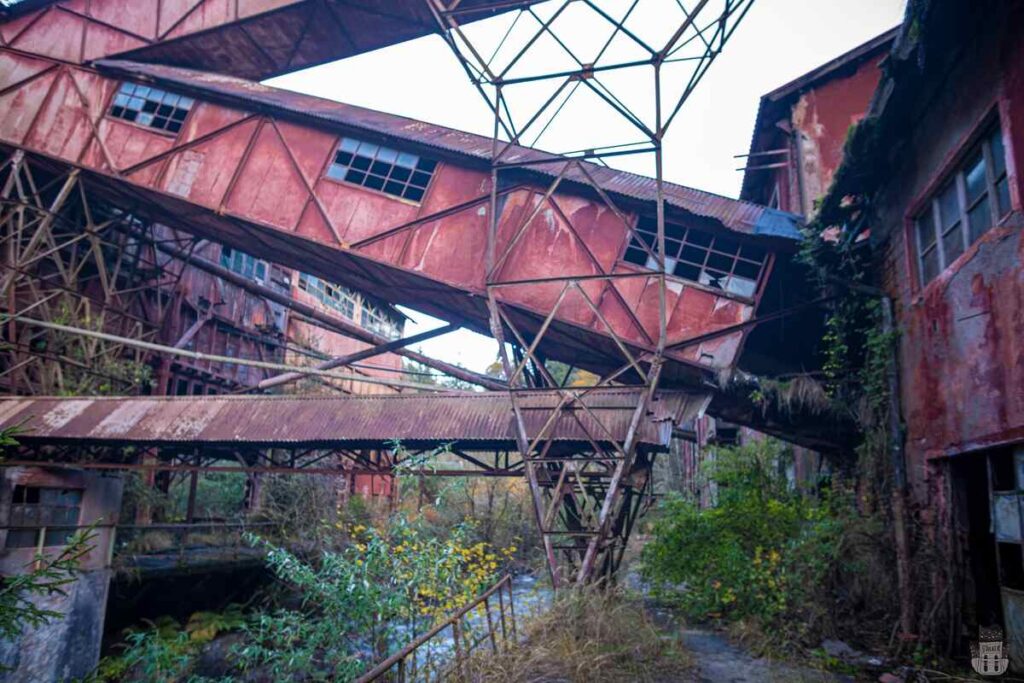
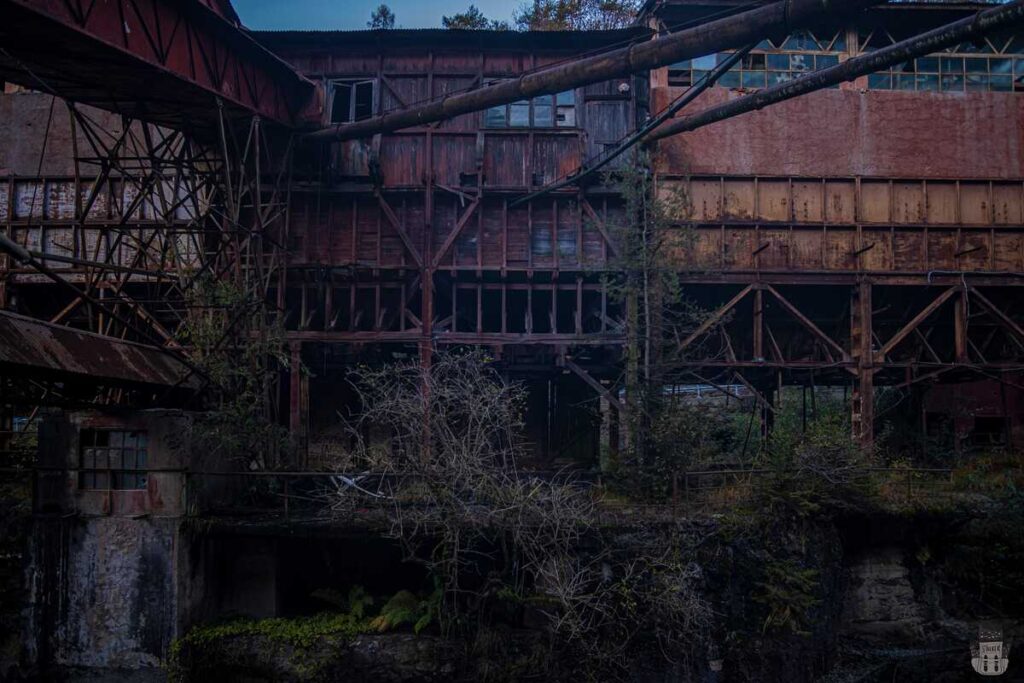
Crisis and Decline
The 1970s marked the decline, with rising costs and falling demand. In 1979, lay-offs involved most of the employees. In the meantime, management passed to Montecatini Edison, Fluormine, and finally Prealpi Mineraria, which finally closed the mine in 1999.
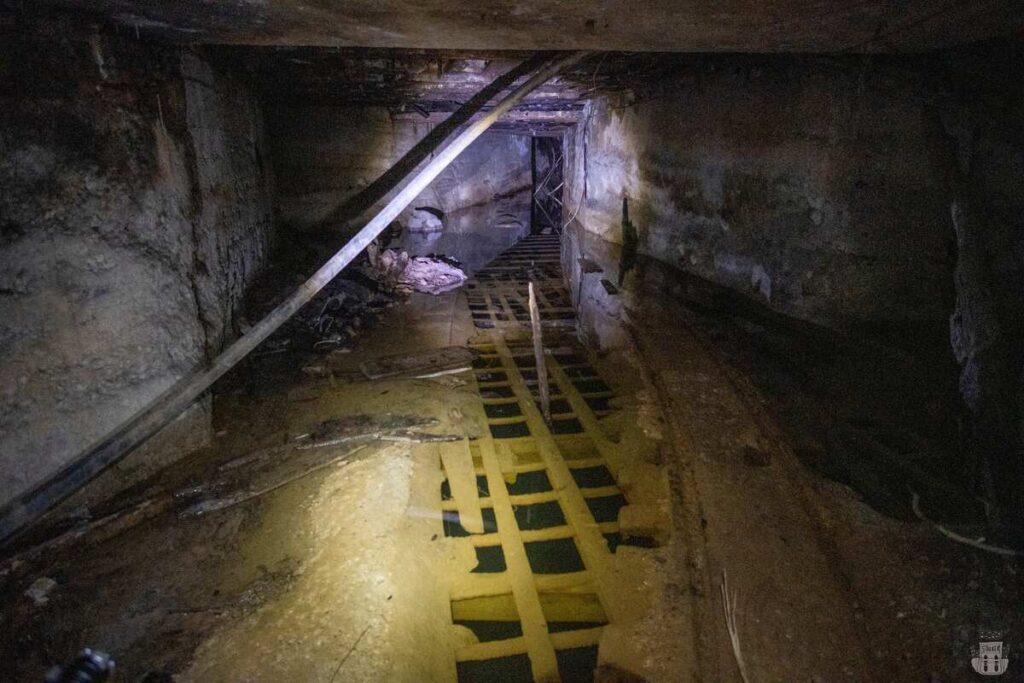
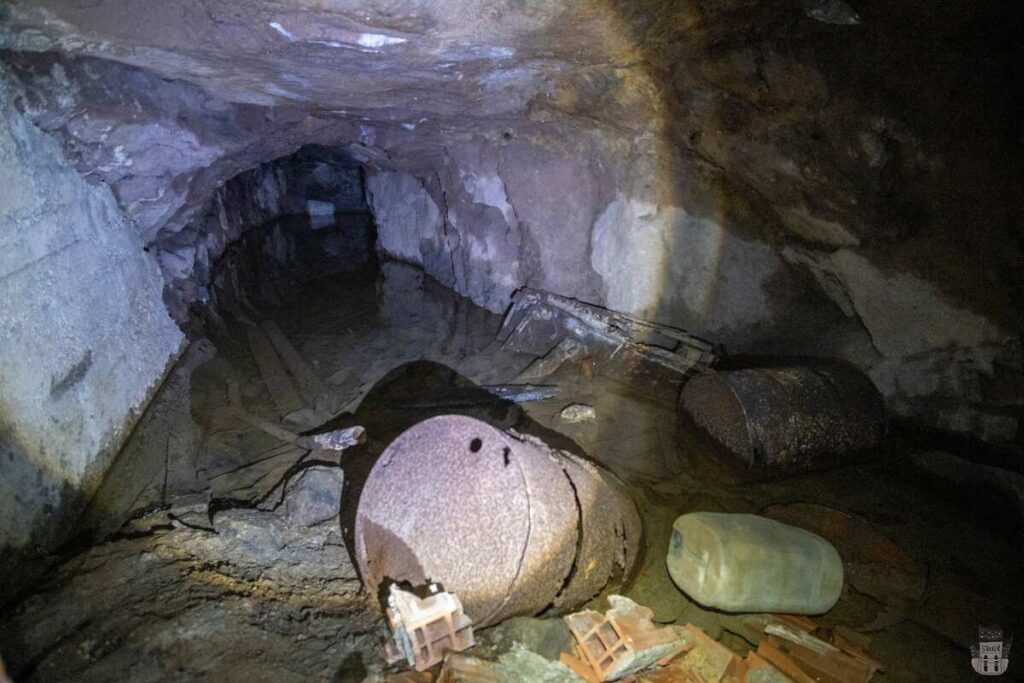
The Last Breath: The 1990s and the Closure
In the 1990s, Torgola still had around 30 employees. In 1999, the last active mine in the valley closed, putting an end to centuries of mining. Despite the closure, the Torgola mine remains alive in the memories of those who were part of it. A testimony to the past centuries, the Torgola mine has gone through periods of splendour and decline, contributing significantly to the local economy and history of the Trompia Valley.
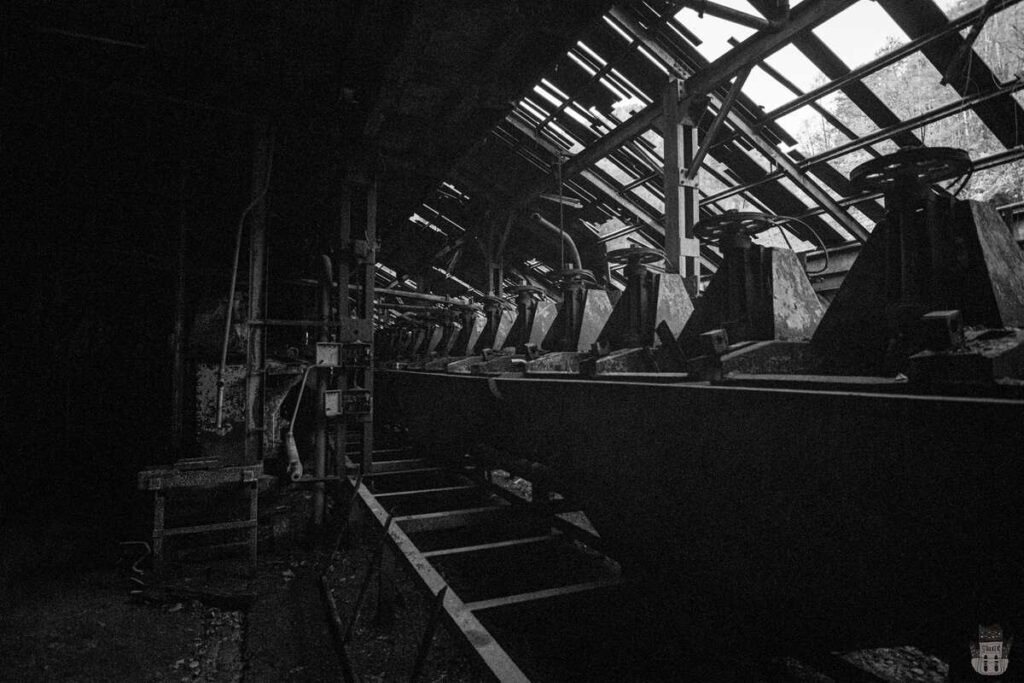
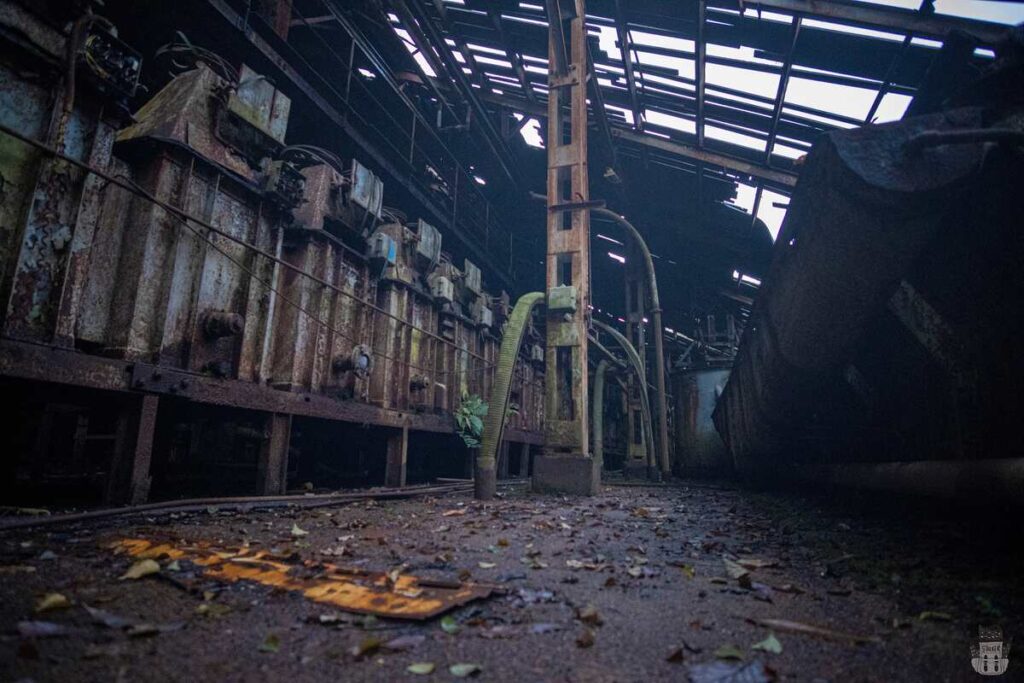
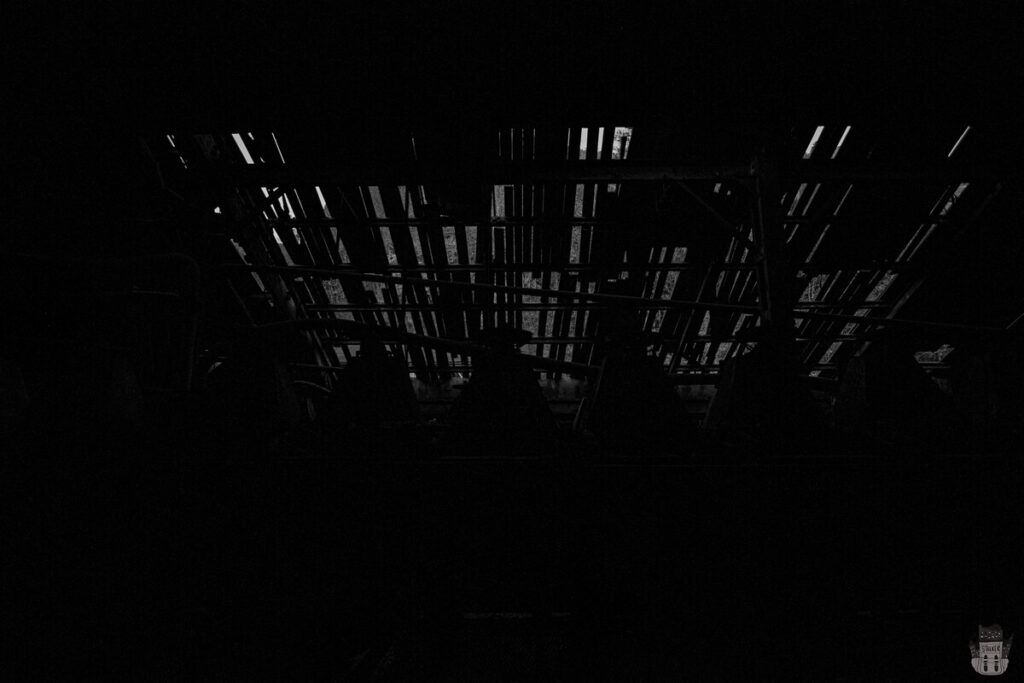
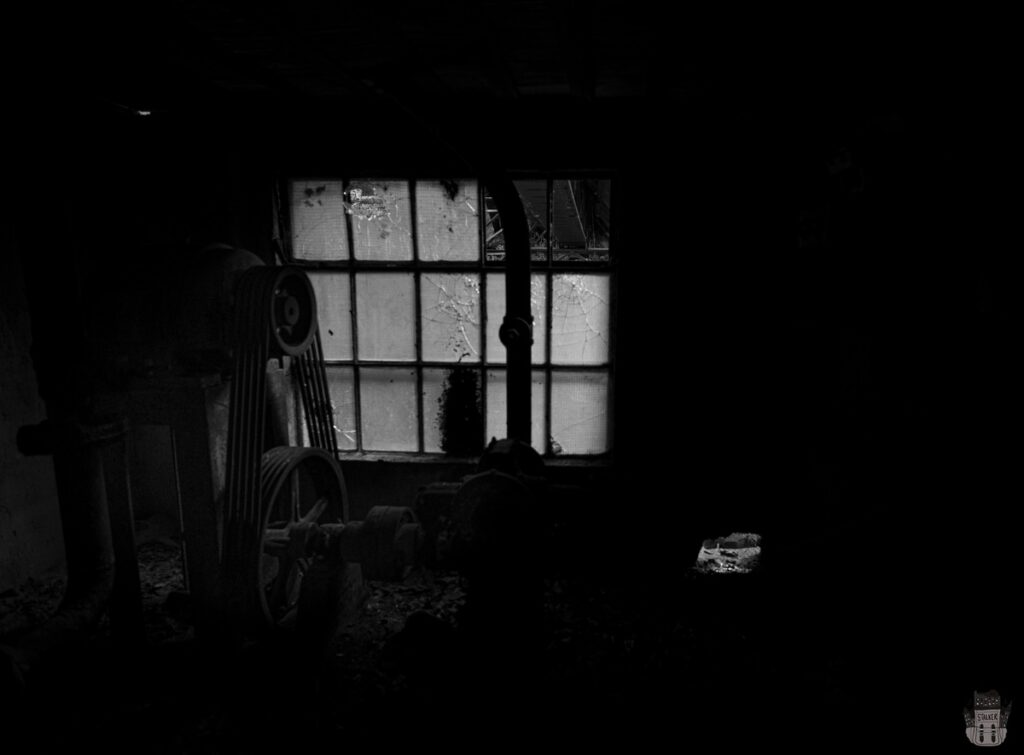
Urbex location:

